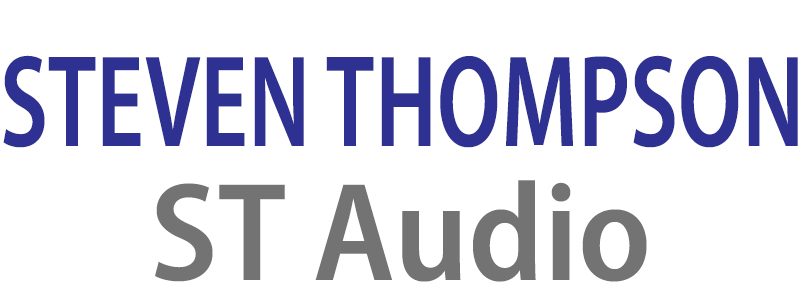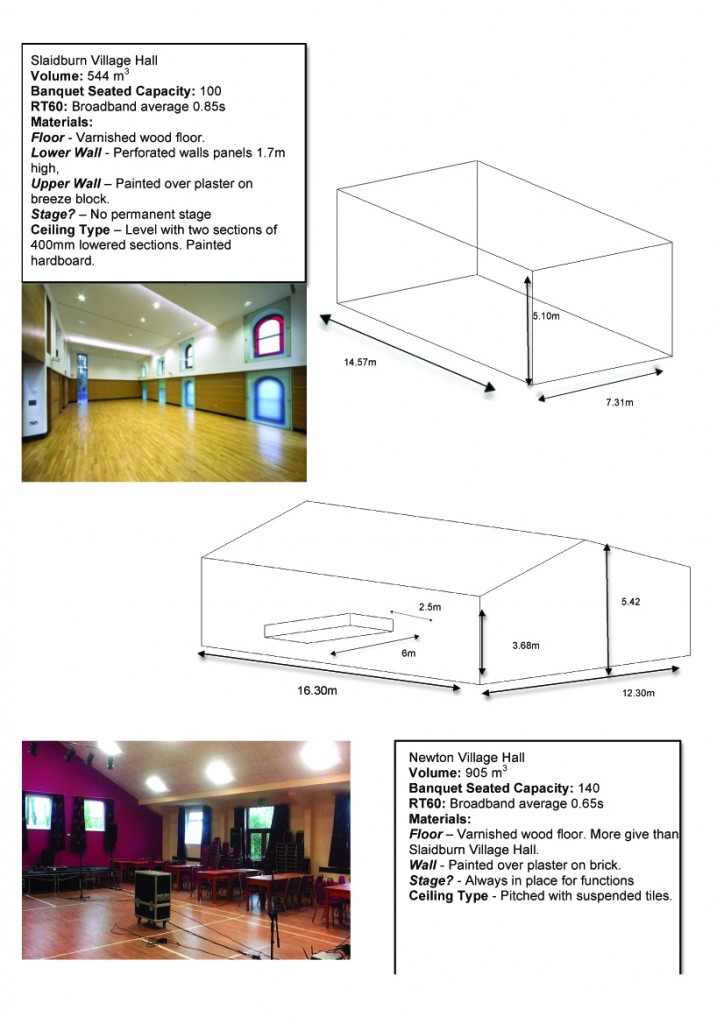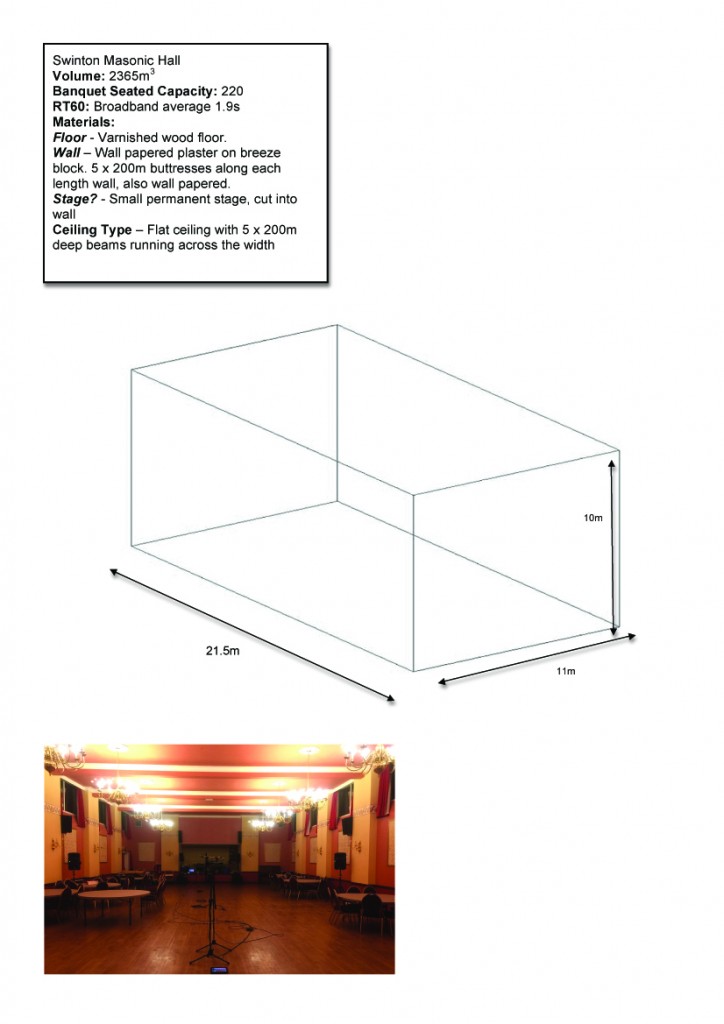Mobile DJ And Band P.A. Guide
This guide is intended for performers who supply and operate their own mobile P.A. systems and who have a continued interest in achieving the best sound possible each time they set up in a venue.
As both the owner of a mobile DJ business (www.manchesterdj.com), and as a sound engineer working freelance to the BBC, this is a topic of extreme interest to me. Over the past 6 months, I’ve been extensively discussing the topic with other performers who supply their own P.A., researching through university and conducting a series of investigations in venues known to be in frequent use within the mobile sound entertainment sector, (and pictured in Figure 1 below). Collectively, these research aspects are sometimes referred to within this guide as ‘the project’. These various accounts have been pooled together, to create the following series of P.A. set up recommendations. An in depth report on all the research carried out can be requested by emailing ste@ssound.co.uk: but the following pages will bring you the bottom line.
Figure 1 – The Case Study Venues Within Which The Recommendations Made In This Guide Have Been Tested
Click here if you'd like to read more into the context of this guide, and for a definition of some key terms which it uses...
Being mobile, challenges to attaining the sound we want from our systems are inherently linked to the venue within which we’re working. One of the keys to being able to produce this guide is that we can categorize the most common challenges across a range of venue types. Then, we can identify how a range of system types could be set up to reach our P.A. goals. This guide uses real world case studies to consider certain aspects of professional P.A. However, it is still necessary a times to make some generalisations in order to reach conclusions which a broad range of performers who operate their own P.A. will find useful. That said, the project respects the significance of variation between specific performance requisite and between different venues. In a nutshell, you will no doubt need to tailor the recommendations given in this work in order to meet your requirements.
A key message during research with colleagues ahead of producing this guide was that there is no substitute to experience. You are in the best position to know what sounds best for your performance and this guide certainly isn’t trying to tell you that. However, it should;
– Give you a cracking overview of some of the most popular considerations towards achieving professional P.A,
– Bring up some important discussion points; so you can either check that you’re already making effective considerations,
– Or perhaps alert you to some alternative approaches.
This guide will candidly explore what benefits, if any, there are to be had from so-called highly engineered systems. As above, it is necessary to make some generalisations in order to be broadly applicable. However by way of definition, this guide considers such highly engineered systems to be those which;
– Have undergone the most extensive research and development.
– Incorporate some advantageous element of proven audio physics, which mass-market systems generally do not.
– Achieve superior measurable metrics in areas such as intelligibility, efficiency, and directional control.
– Are typically recognised by their occupancy of the highest price bracket.
Please note, this guide pertains to Front Of House P.A. systems. Monitor systems which enable performers to hear themselves and others on stage, will be the subject of a future posting.


